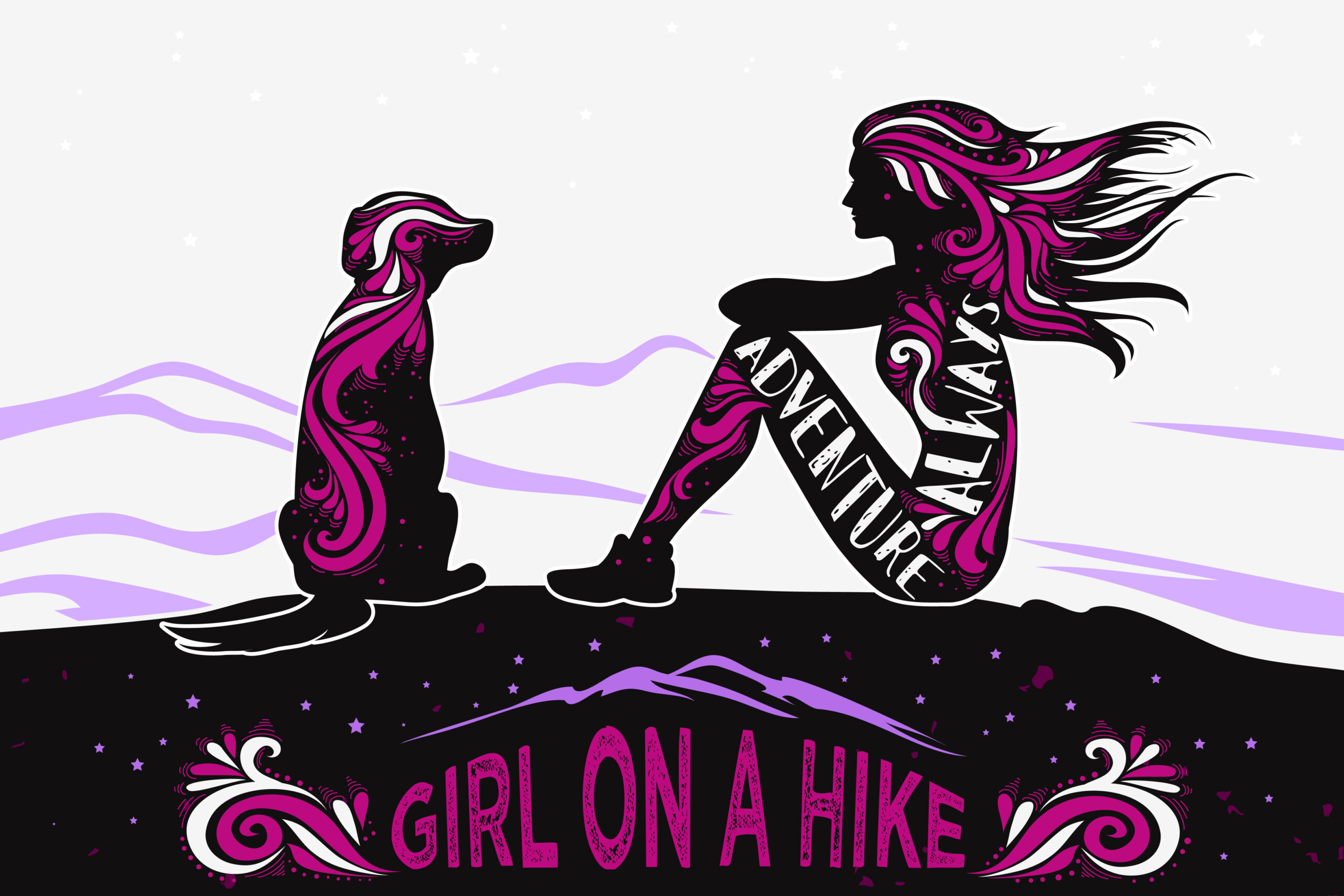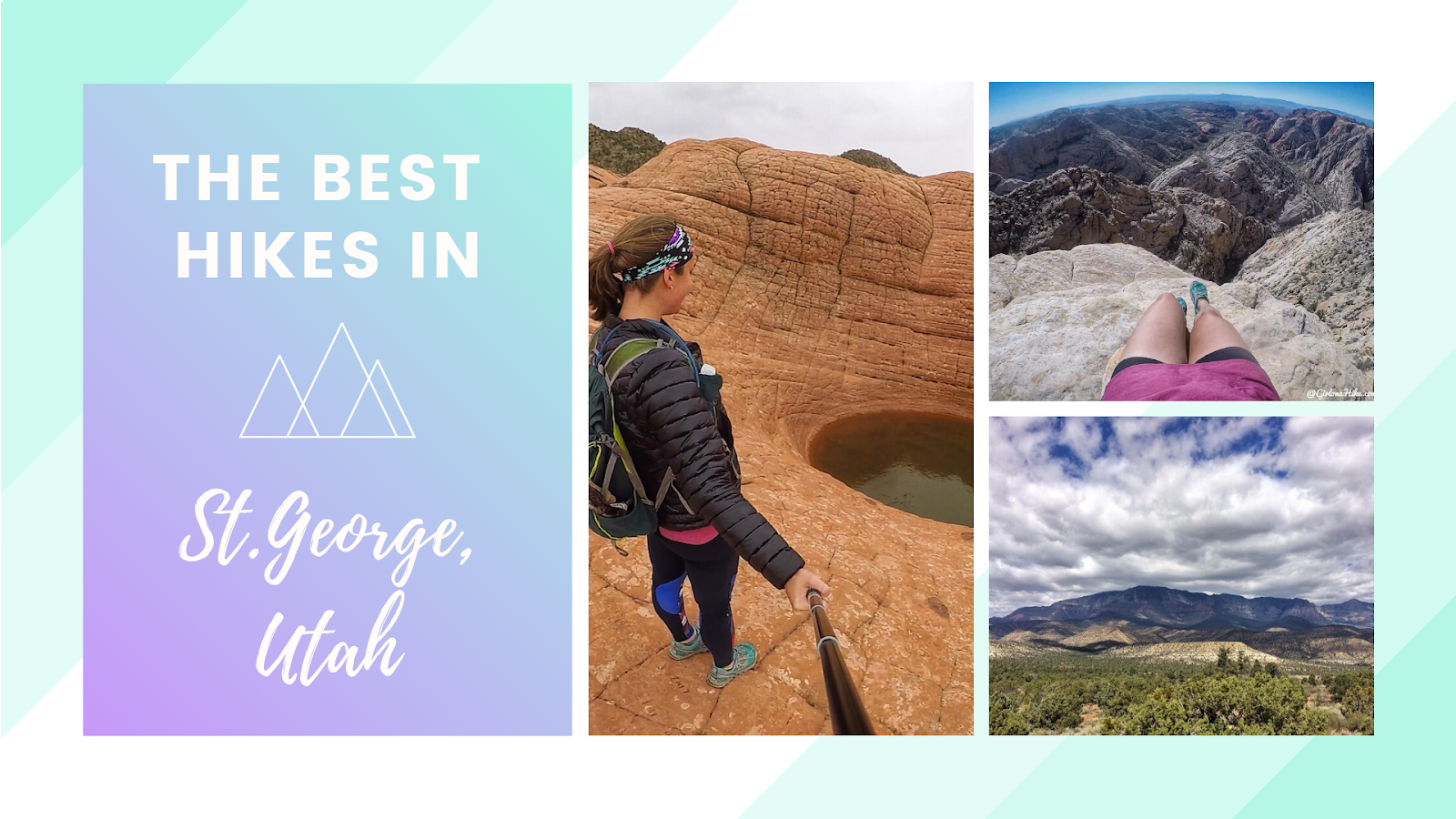
The BEST Hikes in St.George, Utah are located in Southern Utah, near the Utah/Nevada border. This area offers a mecca of outdoor activities! Hiking, biking, climbing, waterfalls, rock art, petroglyphs, cool rock features, you name it, St.George has it!
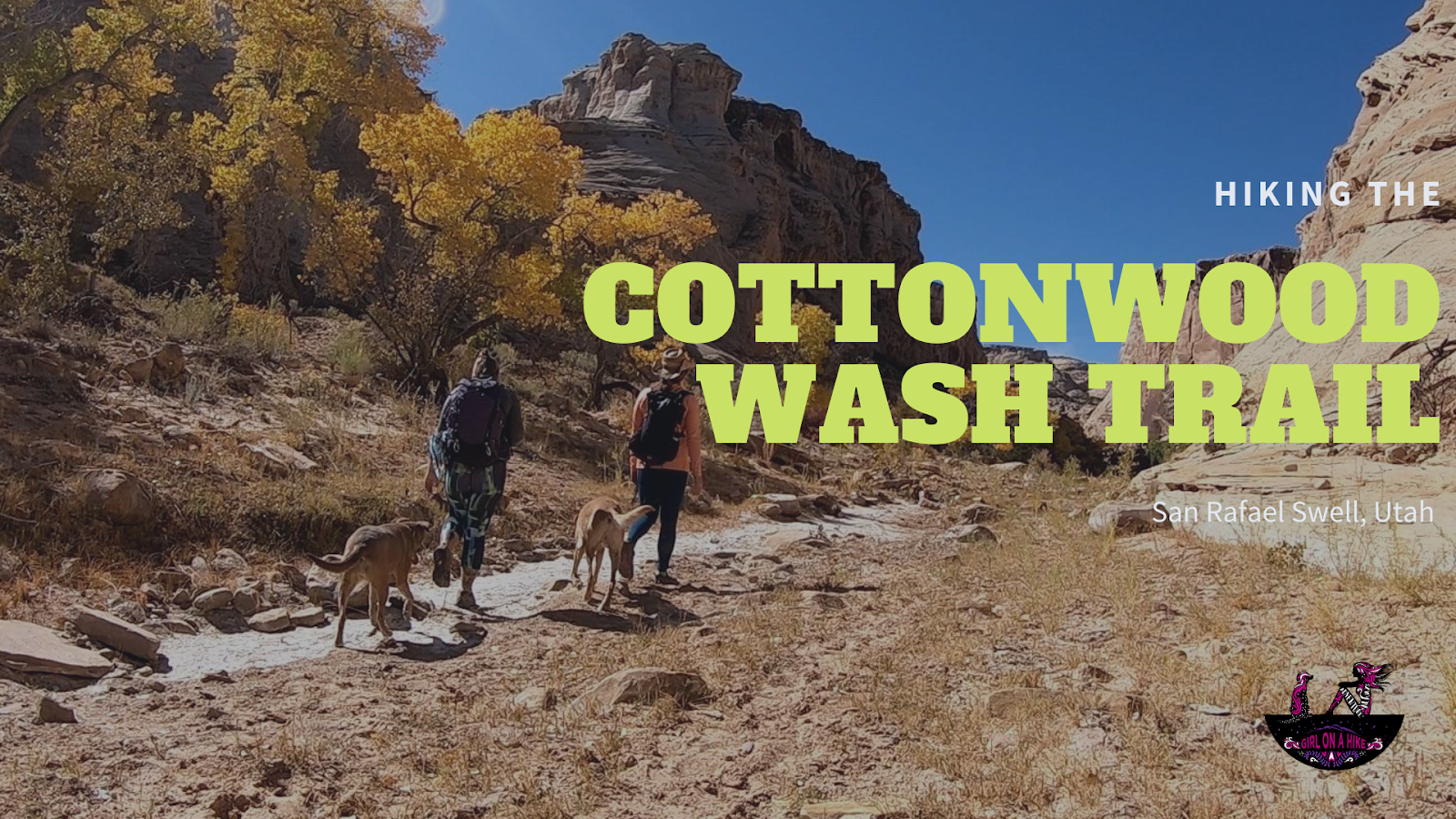
The Cottonwood Wash Trail is a hidden gem located in the heart of the San Rafael Swell, Utah. This easy, family-friendly hike features two impressive natural arches and several fascinating petroglyph panels. The trail is mostly flat, making it suitable for hikers of all skill levels. The only real incline is a short 100-foot section that leads up to the petroglyphs.
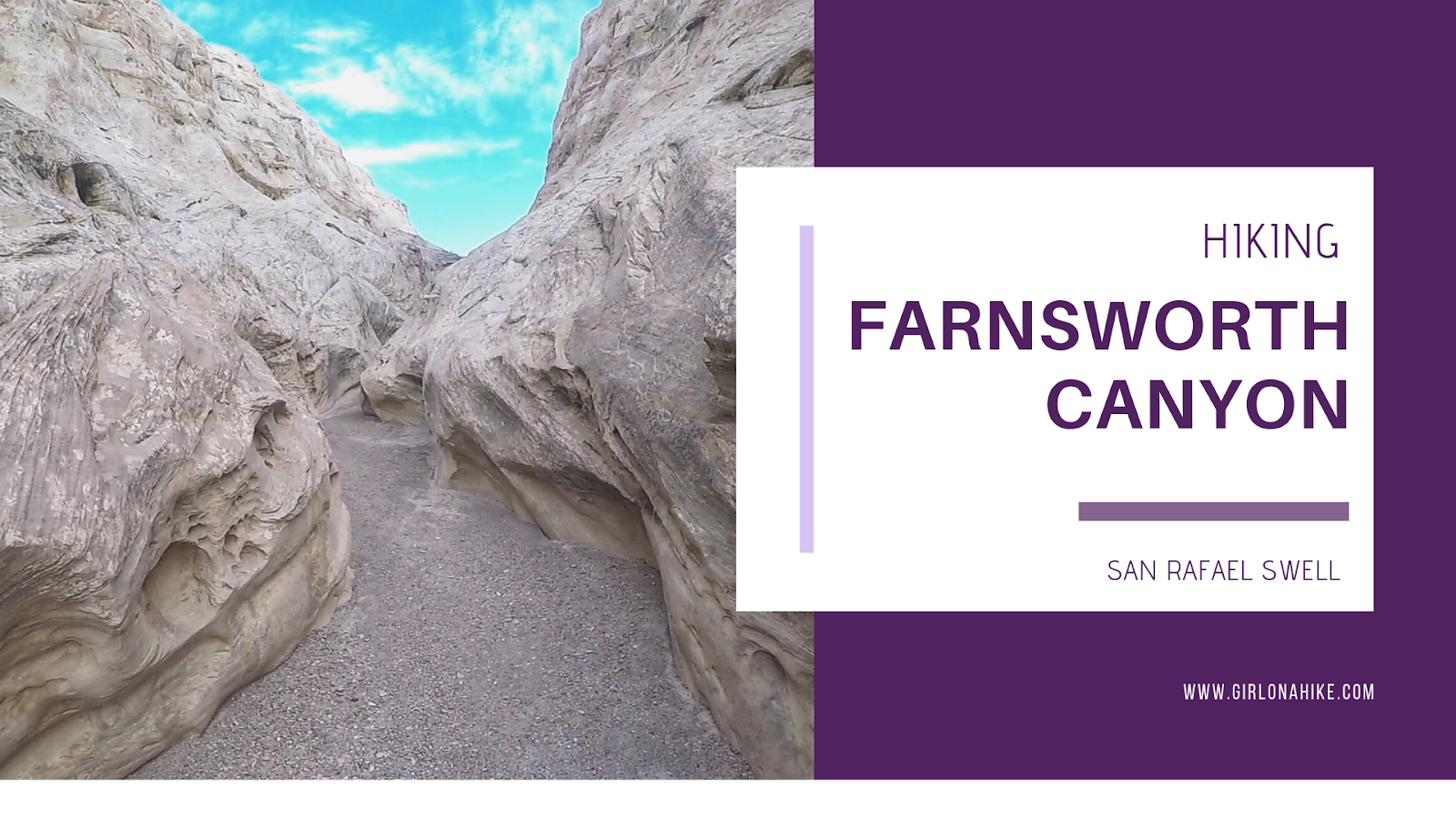
Farnsworth Canyon is located in the San Rafael Swell, and offers a little something for everyone. A short slot canyon, pictographs, exploring off trail, and desert flowers in the Spring all abound. Hiking to the pictographs is only 1.5 miles one way, so even kids can enjoy this hike and "hunt" for the pictograph. Farnsworth Canyon does extend much further, to the other side of the reef, but most people turn around at 1.5 miles. There is zero shade or water, so start early to beat the heat. The slot canyon is very easy to walk through, and nothing technical is required so it's great for beginners.
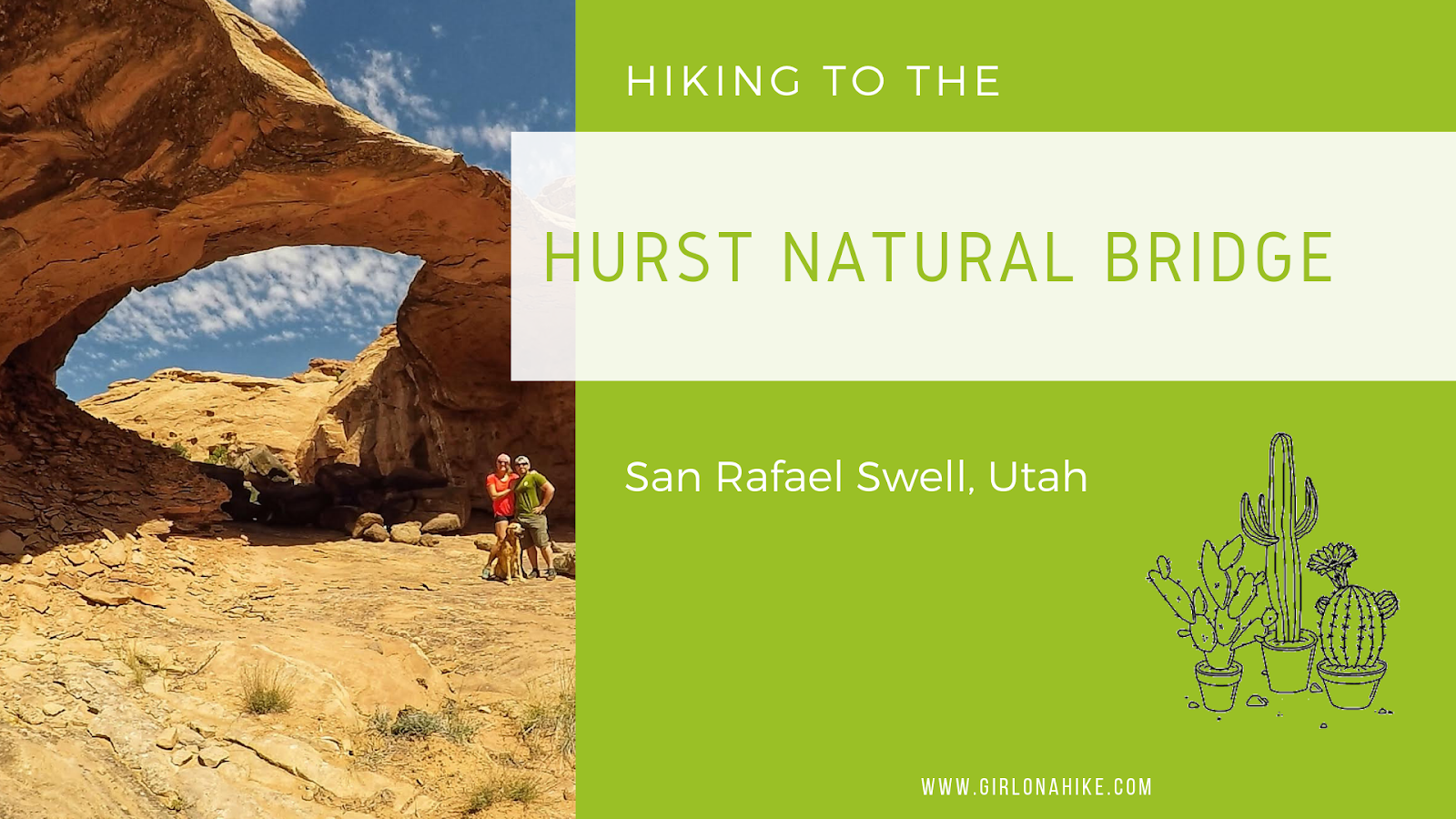
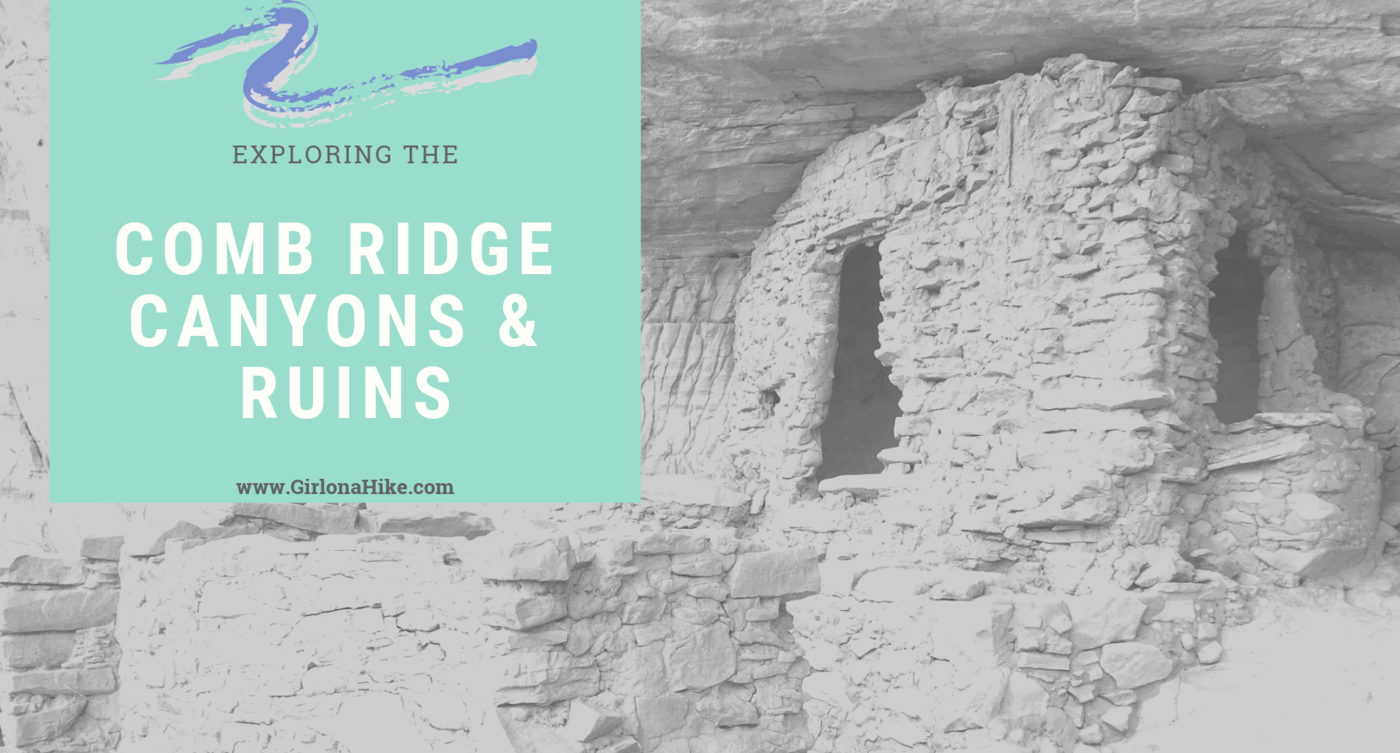
Comb Ridge is a 90-mile long Navajo sandstone ridge (or monocline) running North to South, and is home to many ancestral ruins and petroglyphs that date back around 800 years old. Comb Ridge itself has a gentle eastern facing slopes, while the west side has "teeth" that jut out and above the ridge line. Each of these "teeth" contain drainages that lead to the San Juan River. The Puebloans lived, farmed in this area, and left behind a massive amount of ruins and artifacts. Drought, overpopulation, diminishing resources, erosion, and conflict eventually brought an end to this era.
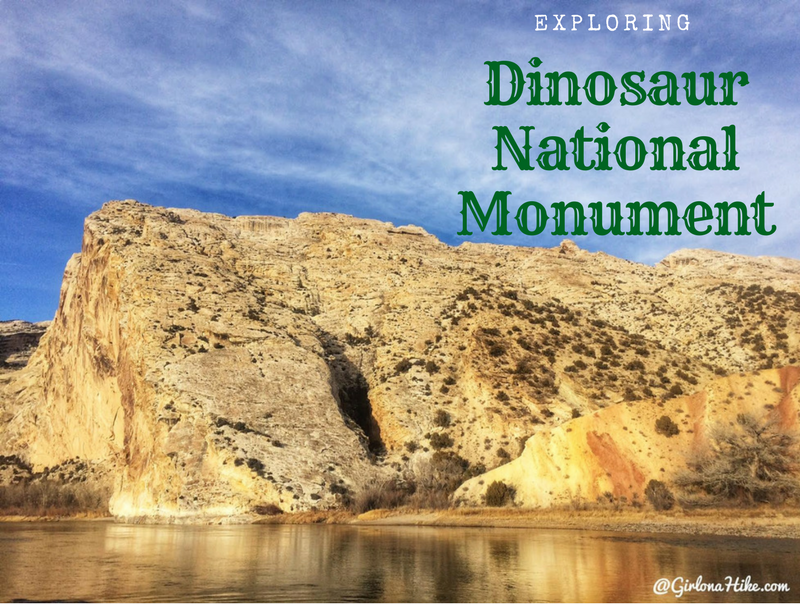
Dinosaur National Monument (DNM) is located in both Utah and Colorado - the Utah side is just outside of Vernal, Utah and offers a large dinosaur quarry, trails, camping, and amazing scenery of the Uintah Basin and Green River. Petroglyphs hint at earlier cultures (mainly the Fremont), and later homesteaders and outlaws found refuge here. Of course the name of the game here are the dinosaur fossils. Visitors can see over 1,500 dinosaur fossils exposed on the cliff face, located inside the Quarry Exhibit Hall. It's one of the most amazing sites for Paleontologists and explorers-alike. Plan to spend at least one full day at DNM.
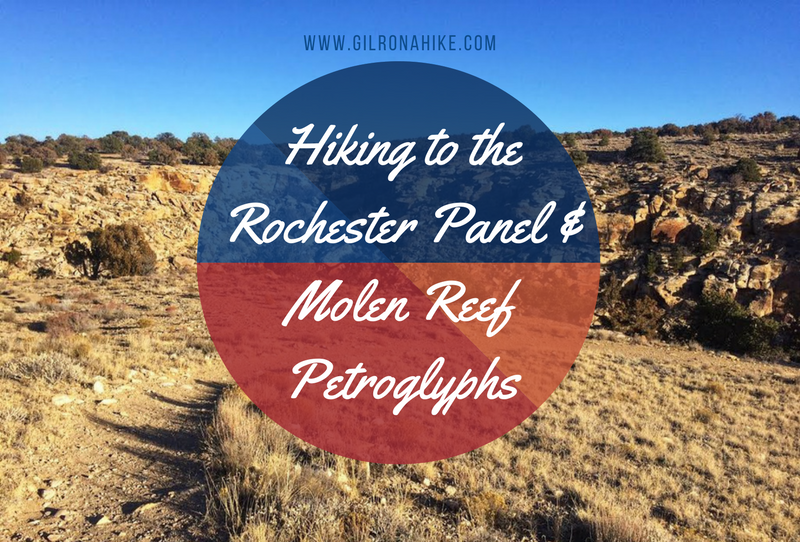
The Rochester Panel and Molen Reef Petroglyphs are near Emery, Utah, and consists of one very large panel of hundreds of images likely carved by the Fremont Native Americans. The vast majority of the petroglyphs have a strong Barrier Canyon influence, including animals, female/male figures, and one large rainbow-like image. Molen Reef Petroglyphs are much smaller, but still expose what the native people were contemplating. You can easily combine both in one afternoon, as the hike to the Rochester Panel is only 1/2 mile, and you can drive right up to the Molen Reef area. Kids, dogs, and casual hikers will enjoy these areas, but please respect the rules and DO NOT touch any of the petroglyphs.
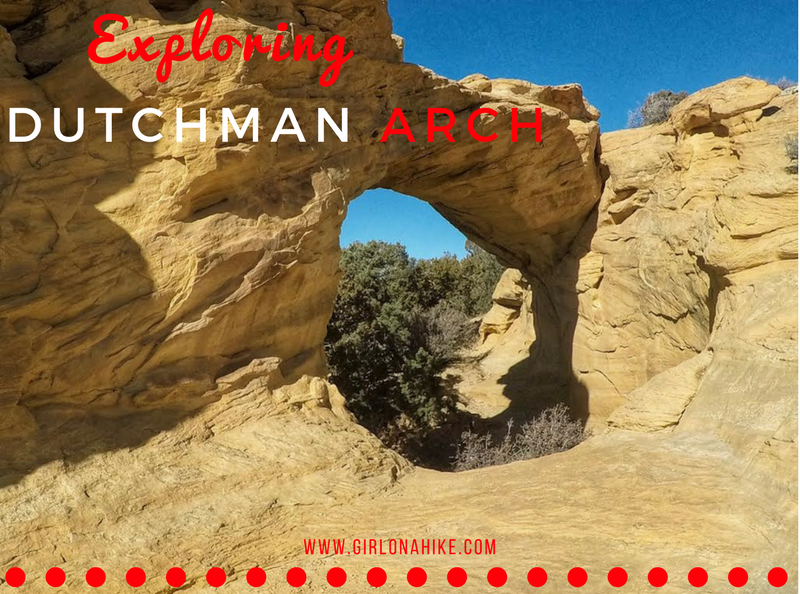
Exploring Dutchman Arch & Head of Sinbad Pictographs – San Rafael Swell, Utah
Located in the heart of the San Rafael Swell, the Dutchman Arch and Head of Sinbad Pictographs are two fascinating sites rich in natural beauty and cultural history. While both are surprisingly close to I-70—just about 1/4 to 1/2 mile north—the drive requires a high-clearance 4x4 vehicle due to sandy and rough road conditions.
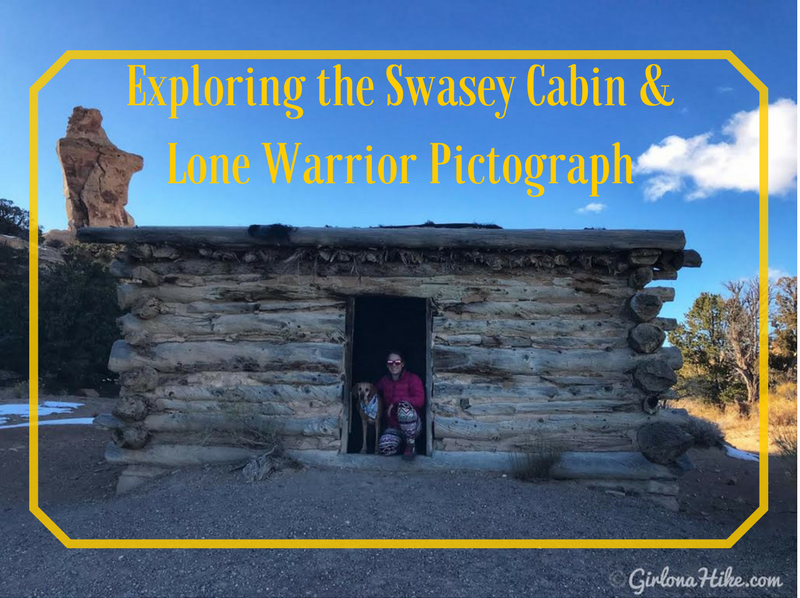
Exploring the Swasey Cabin & Lone Warrior Pictograph – San Rafael Swell, Utah
Located in the San Rafael Swell, just west of Green River, Utah, the Swasey Cabin and Lone Warrior Pictograph are two historical gems worth exploring. This area is rich in both outlaw history and ancient Native American rock art, making it a fascinating stop for hikers, history buffs, and off-road adventurers alike.
